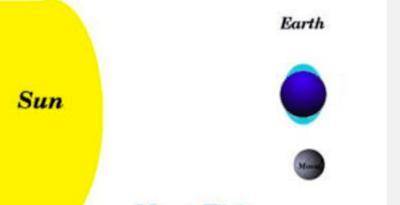neap tide
Explanation:
There are two different types of tides, which are the spring tide and the neap tide.
Neap tides are weak tides which occur when the gravitational forces of the sun and the moon are at right angles to each other with respect to the earth. Since the sun and moon are at right angles, it causes a difference between the low and high tide.
The spring tide are strong tides which occur when the moon, sun and earth are in straight line. The spring tide occur during full moon and new moon.
